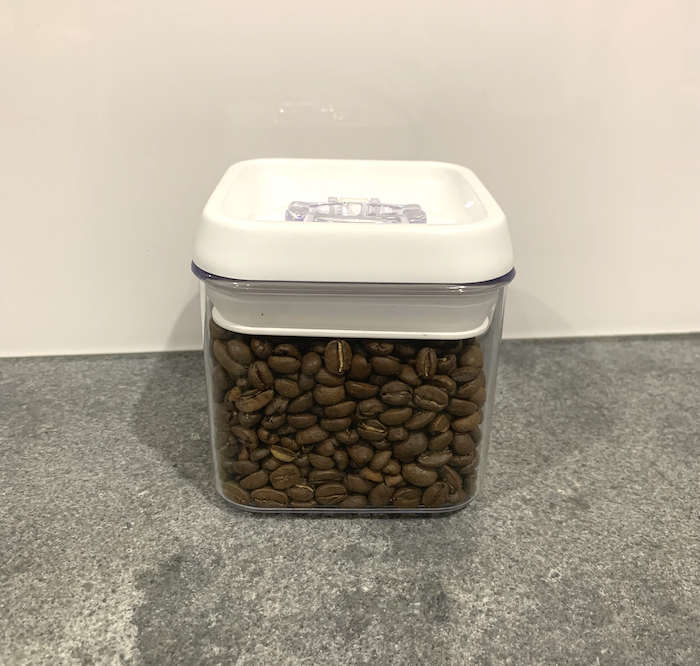Coffee is loved by many. But buying takeaway coffee can be expensive and unpredictable. So knowing how to grind your own beans is essential for at-home brewing.
Brewing your coffee at home gives you an opportunity to experiment and to find something that suits your taste perfectly. The first step is finding the right coffee bean and after this, the most important part is figuring out which method to use for grinding the coffee.
The method of grinding significantly influences the brew’s taste. Below we will discuss all things related to coffee grinding so that you can experiment and experience delicious coffee at home.
Choose the Right Grinder
Opting for the right coffee grinder is crucial when it comes to homebrew. There are two primary types of grinders on the market: blade grinders and burr grinders. You can also use manual grinders if the other options don’t suit you.
Blade grinders are cheaper, and are suitable for drip coffee makers, but they lack the precision required for espresso or French press. In contrast, burr grinders offer versatility by allowing you to accurately adjust grind size, ensuring a consistently balanced extraction. It’s essential to factor in grind settings, as different brewing methods call for specific coarseness levels.
Additionally, assess the capacity the grinder can hold, noise level and durability. Investing in a high-quality grinder will mean a more consistent brew and the ability to change settings as needed.
Select the Appropriate Grind Size

Achieving the perfect cup of coffee is an art, and the key lies in selecting the right grind consistency based on your preferred brewing method. The grind size dictates the rate of extraction and influences the overall taste.
Coarse grinds are suitable for percolators and French presses. Medium grinds are best for flat-bottomed drip coffee makers, ensuring a balanced flavour profile.
For conical drip coffee makers or espresso machines, a fine grind is essential to extract the intense flavour characteristic that these coffees are famous for.
Using this information, you can then think about the strength and flavour of coffee you are after and tailor the coffee grind consistency to meet your expectations. You may need to experiment a little to get this right!
Measure Your Coffee Beans

For consistency in the flavour and strength of your coffee, weighing out the beans is key.
We recommend weighing and grinding your beans fresh each time so that the beans don’t go stale. Most cups of coffee need somewhere between 16-22g of beans so try out different amounts to see what tastes best!
To accurately weigh out your beans, it is best to have a set of kitchen scales that are accurate to the 0.1g.
Grind the Beans
For those who prioritise quality and consistency in their coffee grounds, a burr grinder stands out as the top choice, and we strongly recommend it for self-proclaimed coffee connoisseurs.
Burr grinders operate with two cutting discs, or burrs, and the uniformity of the grind is dictated by the spacing between these burrs. A narrower gap between the burrs results in a finer grind. If you have a blade grinder or are using manual methods then that works too, its just not quite as efficient.
Once you have picked a grinding method, use the information above to decide on when to grind the consistency you want. Then using your preferred grinding method, begin the process. A fine grind will be stronger and is about the consistency of table salt.
Medium grind is similar to sea salt and a coarse grind can be compared to kosher salt. You can also go in between medium and fine for example if you need to adjust to you taste.
Store Any Remaining Grounds

We always recommend grinding your coffee beans as you go, though if you don’t have time or you have accidentally made too much then what is the best way to store it?
An airtight container works really well in this instance as it doesn’t allow for excess moisture to get into the coffee beans and make it stale. It is also likely that most people already have this at home.
Make sure it is a clean, dry container that doesn’t have any lingering smell that might absorb into the coffee and affect the flavour profile. Make sure it is then stored in a cool, dry place away from sunlight.
If you want to take it a level further than you can vacuum seal the grounds so added freshness. Either way, try and use the coffee grounds within two weeks to avoid degradation of flavour.
Store your coffee grounds in a similar way you would store your coffee beans.
Clean Your Grinder
Maintaining the cleanliness of your coffee grinder keeps the grinder in better condition and also makes sure that the taste of the coffee isn’t affected.
Start by unplugging the grinder and taking it apart, removing any detachable components like the hopper and burrs. Employ a small brush to clear away any leftover coffee residues, making sure every corner is free from grounds.
You can also use compressed air to eliminate finer particles. Wash removable parts with a mild detergent and warm water, ensuring they are thoroughly dry before reassembling.
As part of routine maintenance, occasionally run a small amount of uncooked rice through the grinder to absorb oils and eliminate lingering odours. This regular upkeep not only improves the grinder’s performance but also ensures a consistently fresh and unadulterated coffee experience with each grind.
As coffee lovers, Skye and Josh from CFTP have spent years exploring the world of coffee, from studying different brewing methods to discovering unique coffee beans from around the globe. With a deep appreciation for the art and science behind the perfect cup coffee, Skye and Josh are dedicated to sharing their knowledge and experiences with fellow coffee enthusiasts.
Want to try their coffee? Head into their Seaford cafe, or purchase some beans online.
Coffee for the People Roasting Co.
37 Armstrongs Rd, Seaford VIC 3198



